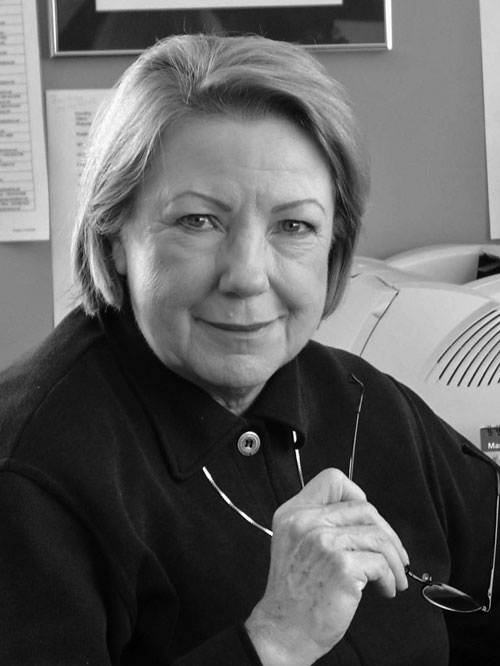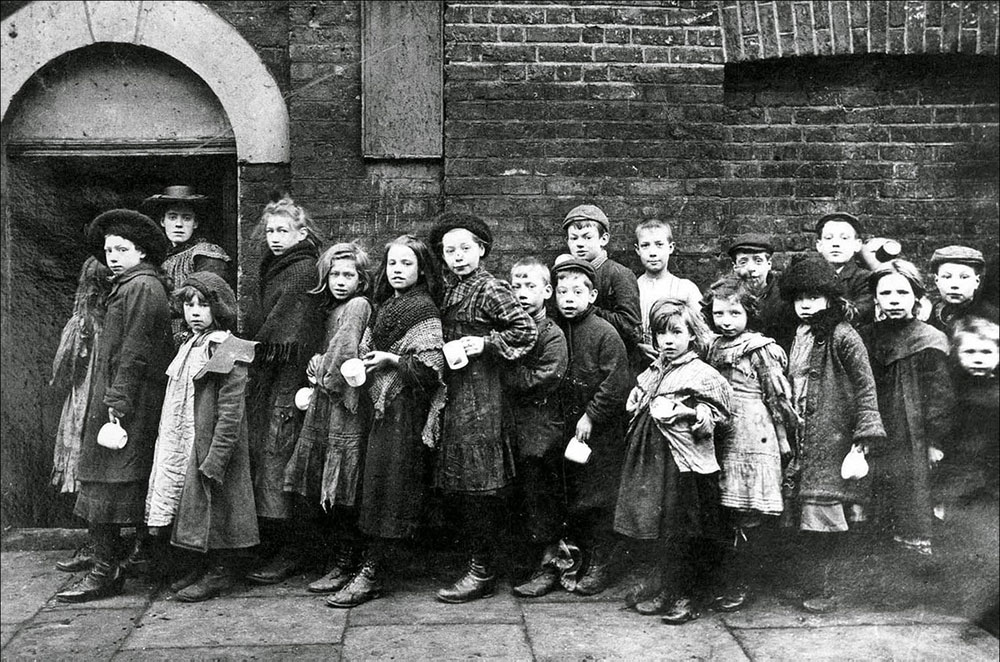History always has two edges.
“First Nations leaders in Upper Canada like Ojibwa Leaders Peter Jones and John Sunday, for example, worked with Methodist missionaries and churches to enable Aboriginal people to succeed in a changing world: together, they raised funds to build schools and to hire Euro-Canadian teachers who would provide formal education, as well as training in farming and skilled trades for Aboriginal children. Both sides were to profit from this partnership: First Nations communities would have access to an education that they believed would give their children a chance to participate in mainstream society on equal terms. And the schools would give the missionaries a means to teach Christian doctrine.”
—Legacy of Hope Foundation

People recoil in horror over the treatment of children in residential schools in Canada. That Indigenous kids were sent to these schools has been called genocide.
But to get a true perspective on the decisions that were made then, we must look back at how children in general were understood and treated in Western society. We discover that it was not only Indigenous kids who were mistreated, and it was not only the poor and forgotten, either.
Firstly, in the 1860s, residential schools were common. Upper class British routinely sent their six-year-olds off to boarding school, and still do so. Indeed, kids from remote communities are still sent to residential schools for higher education and this practice is widespread across many continents.
Nor was the treatment of these kids kind. Many of the abuses visited upon Indigenous kids were routine for all students in the private schools here in Canada and abroad. Nor were families gentle: “spare the rod and spoil the child” was the rule of thumb well into the second half of the 20th century.

Back then children were not seen the way they are seen today as something to be cherished and protected. They were seen as miniature adults who needed training and discipline. During the Industrial Revolution that began in the 1700s, kids as young as four years old were put to work in factories and mines. Their small hands and bodies would fit into tight spaces and could perform many tasks harder for full-sized people. As well, their labour was cheaper (they were only paid 10 to 20 per cent of the wages of an adult) and they were easier to manage. Discipline was harsh – beatings and whippings were common. Many child workers were maimed or died.
Children were “Shanghaied” for labour on ships at the tender age of 10 to 12. George Vancouver went to sea at 13. According to Canadian History: Pre-Confederation, “Seven-year olds in the Anglophone British North America colonies were subject to English common law, which treated them as adults as far as work was concerned until later in the 19th century.” The study goes on to say, “a third of boys in a Montreal working-class ward in 1861 were employed.”
As late as the 20th century, children were considered as undersized adults. During the First World War, many youngsters, some as young as 12 or 13, enlisted by lying about their age; the recruiters turned a blind eye. My own great uncle was only 14 when he went off to war. Why wouldn’t he? He could handle a rifle as well as any man and was strong and muscled from working on the farm and, in the Army, you got paid.
When it comes to the treatment of Indigenous youth, attitudes were very much the same. Their education was a mutual goal between Indigenous leaders and colonists starting as far back as 1620, when the first residential school was created. Around 1800, Indigenous leaders Peter Jones and John Sunday (Ojibwa) helped raise funds to establish schools and hire teachers for indigenous children. Collaboration such as this continued for the next few decades.
Gradually, that mutuality was eroded as things went downhill after the proclamation of the Indian act. It is that next period that has been so widely condemned, and rightly so, but conditions for other children were nearly as bad.
Consider that from 1869 to 1948, British orphans (as many as two-thirds were not orphans but had at least one parent) were exported to Canada as farm and domestic labour. In truth, although government historians gloss this over, the last ship filled with these children sailed in 1967! It is estimated that more than 100,000 children were sent to Canada. Most of the children were between six and 14, but there babies among them, and many were as young as three years old. These children spent a life of hard labour, suffering physical, mental and sexual abuse – sound familiar?
I tell this story to put into perspective the changing attitudes from our recent past until today. This is not to mitigate the damage that was done to our Indigenous youth. It is to ease the burden of hurt and injustice that Indigenous people feel by letting them know that they were not alone. Perhaps it helps to understand that the cruelty of the times extended beyond their community. I hope it does.
In this land, we must remember to walk forward together in the mutually supportive way in which we started our journey so many hundreds of years ago. It seems to me, that we were much better at respecting each other in the past than we are now. If we are to solve a hundred years and more of misunderstanding, exploitation and cruelty, we must begin to rebuild our relationship based on mutual understanding.
